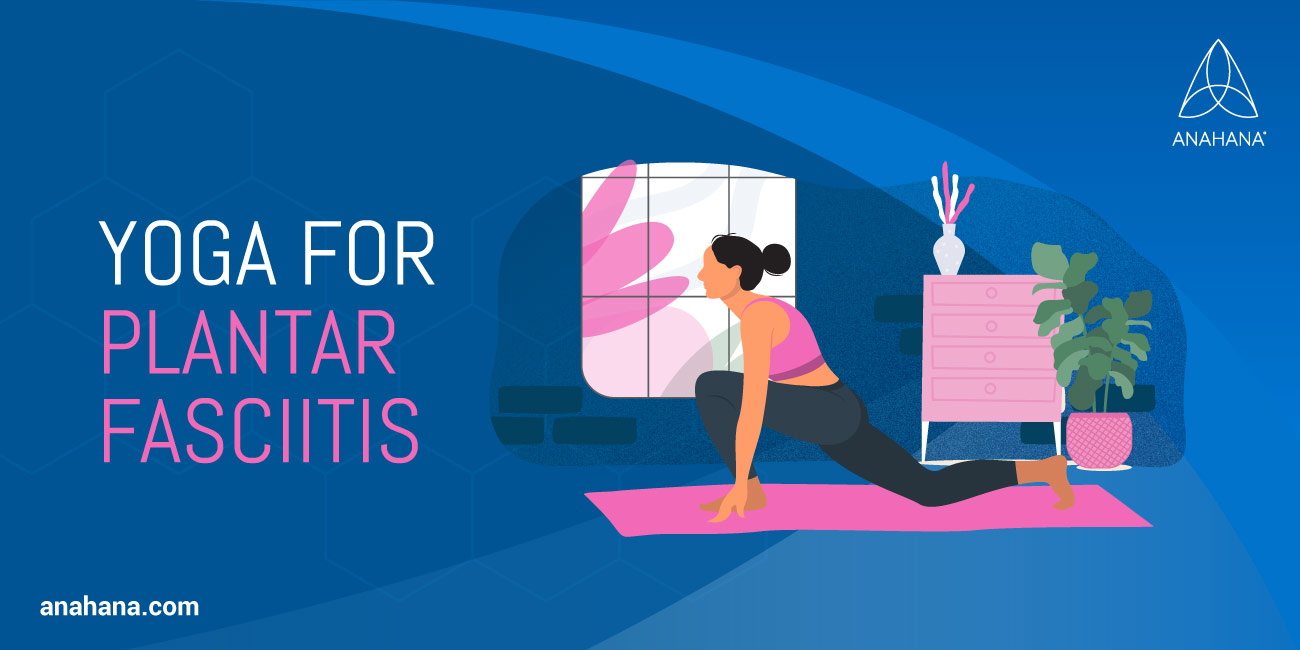5
What is Plantar fasciitis
Last Updated: November 4, 2024

Table of Contents
Plantar fasciitis is a condition that occurs when the thick band of tissue on the bottom of your foot, called the plantar fascia, becomes inflamed.
Key Takeaways
- Definition: Plantar fasciitis is inflammation of the thick band of tissue (plantar fascia) on the bottom of your foot.
- Symptoms: Common symptoms include stabbing heel pain, tenderness in the arch, and swelling, often worsening with activity.
- Causes: Overuse, poor arch support, flat feet, being overweight, tight calf muscles, and abnormal gait patterns are common causes.
- Risk Factors: Include obesity, prolonged standing, tight calf muscles, and activities stressing the feet.
- Treatments: Include rest, ice, physical therapy, orthotics, corticosteroid injections, plantar fascia stretch, partial plantar fascia release, and surgery in severe cases. Plantar fasciitis recover with the help and guidance of a physical therapist.
What is Plantar Fasciitis
The most common symptom of plantar fasciitis is a stabbing pain in the heel or arch of the foot, enhanced when standing and walking for long periods. Other symptoms of plantar fasciitis include tenderness in the arch area and swelling near the heel. With one in 10 people likely to develop plantar fasciitis sometime in their lives, it is important to learn how we can take preventative measures.
What Causes Plantar Fasciitis?
Overuse of the plantar fascia often causes plantar fasciitis, which can happen when someone is physically active and puts a great deal of stress on their feet. Other potential causes of plantar fasciitis include: wearing shoes with poor arch support, having flat feet, being overweight, having an abnormal gait pattern or foot structure, and having tight calf muscles or Achilles tendons.
Aggravation of the plantar fasciitis happens when muscles in your feet and calves are tight, and occurs when the plantar fascia ligament is strained. This strain causes the ligament to become weak, swollen, and inflamed, which leads to heel and arch pain. Repeated strain can cause tiny tears in the ligament, enhancing heel pain of the plantar fascia.
How to Diagnose Plantar Fasciitis?
 Diagnosis of plantar fasciitis typically begins with a physical examination. Your doctor will look at your foot, feel for tenderness in the arch and heel areas, and may also check to see if you can move your toes and foot adequately. In some cases, they will also order an X-ray or MRI to confirm the diagnosis and run blood tests to rule out other conditions that could cause similar symptoms.
Diagnosis of plantar fasciitis typically begins with a physical examination. Your doctor will look at your foot, feel for tenderness in the arch and heel areas, and may also check to see if you can move your toes and foot adequately. In some cases, they will also order an X-ray or MRI to confirm the diagnosis and run blood tests to rule out other conditions that could cause similar symptoms.
How is Plantar Fasciitis Treated?
Treatment of plantar fasciitis begins with resting the foot and avoiding activities that put stress on the arch of your foot, such as running and jumping. Additional plantar fasciitis treatment methods include:
- Applying ice: Icing the affected area will help decrease inflammation causing plantar fasciitis pain.
- Physical treatment: Stretching exercises, seeing a physical therapist, and massage will help to reduce heel pain and strengthen the muscles in the foot. In more extreme situations, extracorporeal shockwave therapy may be introduced.
- Orthotics: Your physician may prescribe orthotics to provide additional support for the arch of your foot when you're walking or running.
- Corticosteroid injections: In more severe cases, corticosteroid injections, cortisone injections, or surgery may be necessary.
Following your doctor's instructions and taking steps to reduce risk factors can help prevent plantar fasciitis flare-ups. Preventative methods include wearing shoes with sufficient arch support, maintaining a healthy weight, and stretching the calf muscles and Achilles tendon before physical activity. Warming up before exercising and avoiding activities that put too much strain on the foot can help to reduce your risk of developing plantar fasciitis.
Yoga Poses for Plantar Fasciitis Pain Relief
 Specific yoga poses help to reduce pain caused by plantar fasciitis and provide additional support for your feet. Below are some of the best yoga poses that help treat plantar fasciitis:
Specific yoga poses help to reduce pain caused by plantar fasciitis and provide additional support for your feet. Below are some of the best yoga poses that help treat plantar fasciitis:
- Downward Facing Dog Pose: This pose helps stretch the calf muscle and the Achilles tendon length.
- Triangle Pose: This pose helps to stretch out the calves and feet while also strengthening them.
- Warrior I Pose: This pose stretches out the ankles, feet, and toes while providing support for the arch of your foot.
- Tree Pose: This pose helps improve balance and alignment while providing extra foot support.
- Garland Pose: This is a deep hip opener that helps to stretch out the calf muscles while also strengthening them.
- Reclining Hand-to-Big-Toe Pose: This pose stretches out the plantar fascia, calves, and Achilles tendon while providing additional support for the arch of your foot.
Practicing these yoga poses and using other conservative treatments will help to reduce the pain caused by plantar fasciitis and improve your overall foot health.
How Serious is Plantar Fasciitis Heel Pain?
While it does not typically lead to long-term injury, it can worsen if left untreated. It is essential to take steps to prevent plantar fasciitis from developing or worsening, using shoe inserts, and warming up before physical activity. If you are experiencing chronic heel pain, see a doctor for an evaluation and treatment plan. With proper care and prevention, plantar fasciitis will not create without long-term complications.
Frequently Asked Questions
 What are the symptoms of plantar fasciitis?
What are the symptoms of plantar fasciitis?
Symptoms of plantar fasciitis include sharp pain in the heel or arch area of the foot, tenderness in the arch area, and swelling near the heel.
How can I prevent plantar fasciitis?
Ways to reduce your risk of developing plantar fasciitis include maintaining a healthy weight, stretching before physical activity, and avoiding activities that put too much strain on the foot. You should also protect your plantar fasciitis by wearing supportive shoes and avoiding worn-out shoes. Try to keep limber by frequently stretching to avoid a tight achilles tendon, ultimately worsening the pain.
Will I need to wear a brace or orthotic for plantar fasciitis?
It depends on the patient’s unique situation. Your doctor will be able to advise you on the best course of action, which may include wearing a brace or orthotic to provide additional support for the arch of your foot when you're walking or running. If your plantar fasciitis occurs as a symptom of further injuries, such as a stress fracture.
Can plantar fasciitis be cured?
With proper treatment, most cases of plantar fasciitis are manageable without long-term complications. It is essential to take steps to prevent plantar fasciitis from developing or worsening. Still, it is only sometimes curable as the condition may return even with preventative measures.
Are there any activities one should avoid with plantar fasciitis?
It is important to avoid activities that put too much strain on the foot, such as running and jumping. Additionally, warm up before exercising and stretch your calf muscles and Achilles tendon before physical activity. Avoid prolonged standing if you know you are at risk of chronic pain in the foot and lower leg muscles. This can help to reduce your risk of developing plantar fasciitis or make a flare-up less likely.
Are there any foods I should avoid or eat more of for plantar fasciitis?
No specific foods have been proven to help with plantar fasciitis. However, maintaining a healthy diet and staying hydrated can help to keep your body in good condition overall, which may reduce your risk of developing the condition. Additionally, avoiding foods high in sugar and saturated fat can help reduce inflammation, which may be beneficial.
What is the Difference between Plantar Fasciitis and Heel Spurs?
Plantar fasciitis is when the plantar fascia, or band of tissue that runs across the bottom of the foot and connects to the heel bone, becomes inflamed. Heel spurs are calcium deposits on the underside of the heel bone that can cause foot pain similar to plantar fasciitis. The two conditions can occur together, but they are not the same.
A heel spur may be treated with stretching exercises or orthotic devices to relieve pressure, while plantar fasciitis is treated with a physical therapy program, rest, and icing. In some cases, steroid injections or surgery may be required.
References
American Academy of Orthopaedic Surgeons: “Plantar Fasciitis and Bone Spurs.” Lee TL, Marx BL. Noninvasive, Multimodality Approach to Treating Plantar Fasciitis: A Case Study. J Acupunct Meridian Stud. 2018 Aug; 11 (4):162-164. [ PubMed : 29673797 ] 12.
Plantar Fasciitis: Causes, Symptoms, Treatments, and More
Plantar fasciitis | healthdirect
Plantar Fasciitis: Symptoms, Causes, Diagnosis, Treatment
Powell M, Post WR, Keener J, Wearden S. Effective treatment of chronic plantar fasciitis with dorsiflexion night splints: a crossover prospective randomized outcome study. Foot Ankle Int. 1998;19:10-8.
Disclaimer
The contents of this article are provided for informational purposes only and are not intended to substitute for professional medical advice, diagnosis, or treatment. It is always recommended to consult with a qualified healthcare provider before making any health-related changes or if you have any questions or concerns about your health. Anahana is not liable for any errors, omissions, or consequences that may occur from using the information provided.

Dr. Darlene Buan-Basit is a highly experienced licensed Chiropractor and Pilates instructor with expertise in many techniques, including Medical Acupuncture, Traditional Chinese Medicine, and Advanced Massage Techniques.
